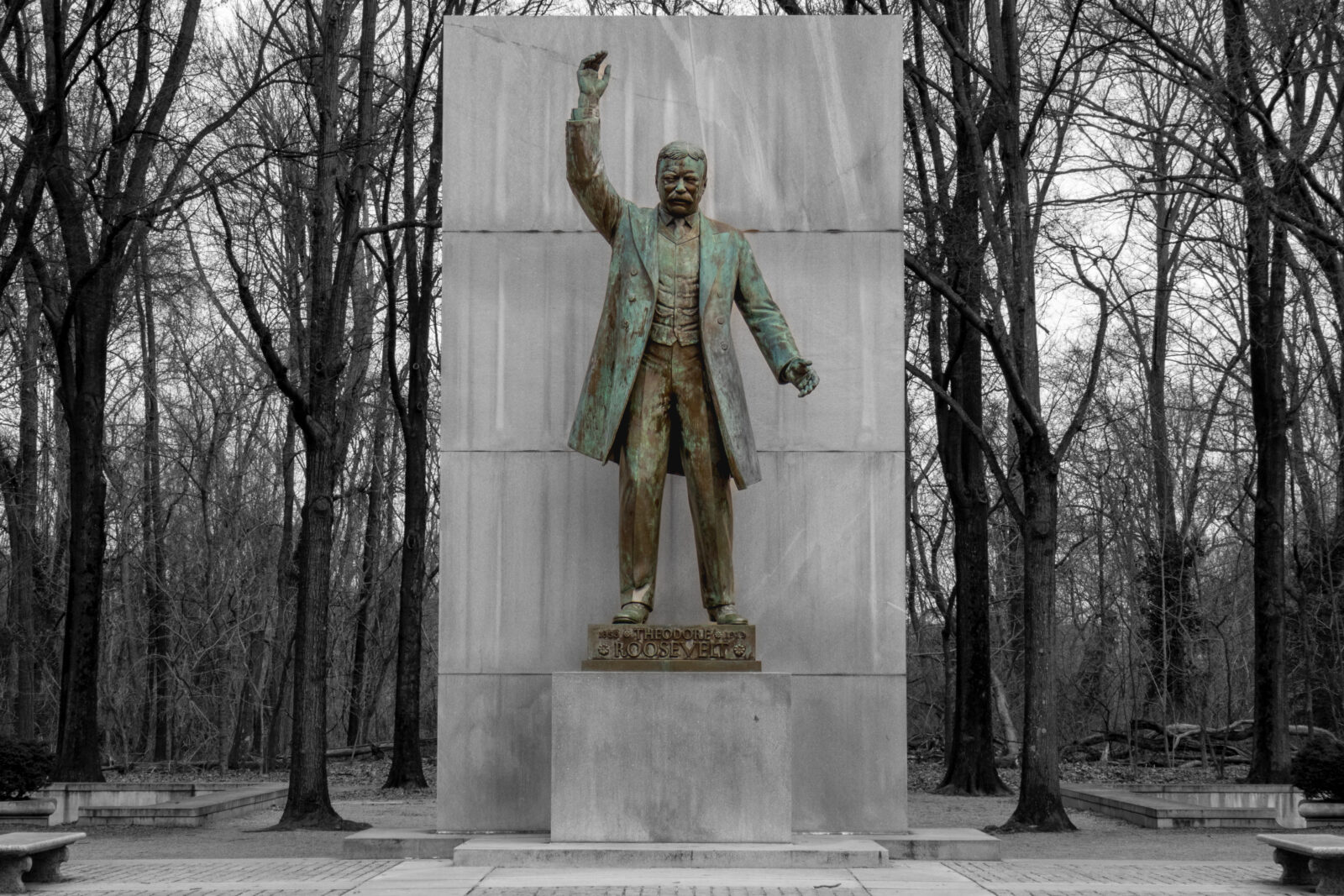Strange and Maybe Wonderful Case of a New Theodore Roosevelt Presidential Library
It is now newsworthy (in the New York Times) that North Dakotans are in the process of building a $333 million Theodore Roosevelt Presidential Library. It is a private philanthropic venture not connected to the National Archives collection of presidential libraries that go back to the middle of the last century. Nor is it part of the National Park Service sites in New York that are house museums—the TR childhood home in Manhattan and Sagamore Hill on Long Island where Roosevelt raised his family. And it certainly is not organizationally connected to the TR papers that were deposited mainly at Harvard.
TR died before the current presidential library era. But he may have helped start it. After his death in 1919, the former president’s friends organized The Theodore Roosevelt Association to preserve his legacy. It’s a group that continues today and my wife, Sarah, and I are proud lifetime members. The TRA produces a scholarly journal and holds annual meetings at interesting locations associated with TR’s life, from Panama and Cuba to Oyster Bay to Medora, North Dakota, where the Rough Rider’s romance with cowboy life began.
The New York establishments include museum quality exhibits and receive many visitors each year. But, perhaps oddly, the little town of Medora probably gets the most for it annual drama (with music and barbeques) of TR’s ranch life. Some 225,000 come, often on their way to or from Mount Rushmore, where TR has some pretty good company, or Yellowstone, one of the many national parks in the West that TR visited and/or caused to be created.
After the popular Roosevelt’s death, the less popular, but wealthier, President Herbert Hoover, created his own presidential center, The Hoover Institution, located at Stanford. Then TR’s distant cousin, Franklin, deeded his Hyde Park estate and his extensive library to the US. That helped persuade Congress to establish the Presidential Library program, located under the National Archives. The first of the new genre was Harry Truman’s library in Independence, MO.
Which brings me back to Medora. The new museum will not be a place for scholars, but for communing with one of America’s most colorful and influential personalities. However, it’s to be hoped that nearby Dickinson University will be able to download many if not all of TR’s papers from Harvard and elsewhere and make them available.
There is controversy over TR’s early 20th century prejudices, which included a skepticism toward Native Americans and an undue credulity about eugenics. But that emphasis in the Times article is just as much a characteristic of our time—with its woke ethos and judgementalism about historical figures—as TR’s views were of his. What matters much more is the real legacy of the man, which includes introducing America as a world power and a leader in preserving our environment—and much else.
